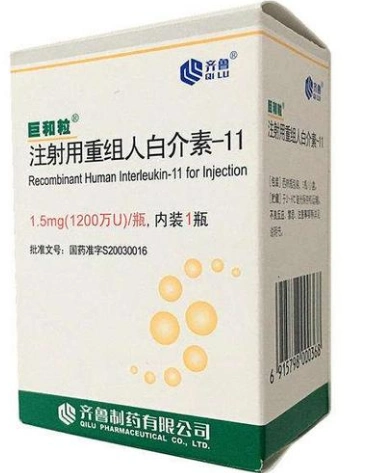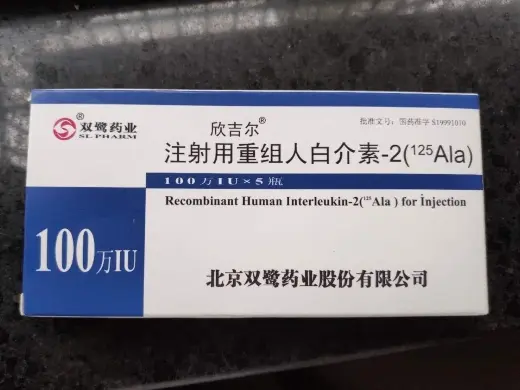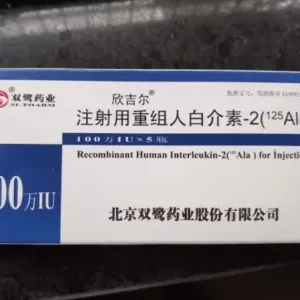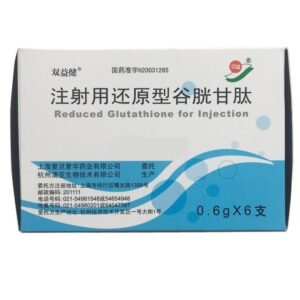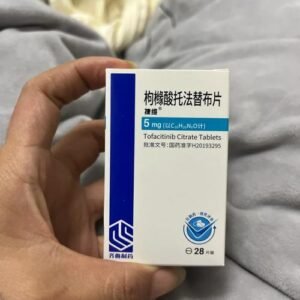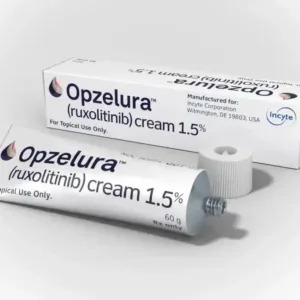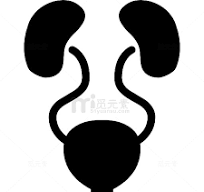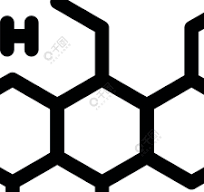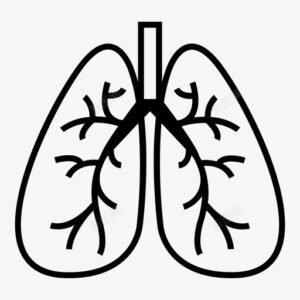Recombinant Human Interleukin for Injection.注射用重组人白介素
Recombinant human interleukin for injection
Drugs for the treatment of cancerous pleural and abdominal effusions and malignant tumors such as melanoma and renal cancer
Ingredients
The main ingredient is recombinant human interleukin-2 (I), and the excipients are mannitol, disodium hydrogen phosphate, sodium dihydrogen phosphate and sodium dodecyl sulfate.
Properties
This product is white or slightly yellow loose, easily soluble in water, and becomes a clear liquid after dissolution.
Indications
This product can be used for the treatment of cancerous pleural and abdominal effusions and malignant tumors such as melanoma and renal cancer.
Specifications
100,000 IU/1ml/vial, 200,000 IU/1ml/vial, 500,000 IU/1ml/vial, 1 million IU/1ml/vial, 2 million IU/1ml/vial, 3 million IU/1ml/vial
Usage and dosage
Dissolve with sterile water for injection or saline before injection. The specific usage varies according to the disease. Generally, the following method is used or the doctor’s advice is followed.
1. Systemic administration:
Subcutaneous injection: 600,000 to 1 million IU/m2/time, dissolved in 2 ml of dissolving solution, subcutaneous injection 3 times a week, 6 weeks as a course of treatment.
Intravenous injection: 400,000 to 800,000 IU/m2/time, dissolved in 500 ml of normal saline, drip for 2 to 4 hours, 3 times a week, 4 to 6 weeks as a course of treatment.
2. Regional or local administration:
Pleural injection: for cancerous pleural effusion, 1 million to 2 million IU/m2/time, try to remove the effusion in the cavity, 1 to 2 times a week, 2 to 4 weeks (or the effusion disappears) as a course of treatment.
Local administration of tumor lesions: The dosage is determined according to the size of the tumor, once every other day, and each lesion is injected
not less than 100,000 units each time, 4 to 6 weeks as a course of treatment.
Adverse reactions
Common adverse reactions include fever, chills, and muscle aches, which are related to the dosage. There may also be chills and high fever. Some patients may experience nausea and vomiting. A few patients may have rashes and local swelling at the injection site. All adverse reactions can recover on their own after stopping the drug.
When this product is used in large doses, foreign reports have shown that it may cause capillary leakage syndrome, which manifests as low blood pressure, peripheral edema, temporary renal insufficiency, etc. It should be discontinued immediately and actively treated symptomatically.
Contraindications
It is forbidden for people who are allergic to the ingredients of this product, those with severe heart and kidney insufficiency, those with severe hypotension, and those with high fever.
Precautions
1. If there is a precipitate that cannot be shaken off after dissolution, foreign matter, or cracks in the bottle, this product cannot be used.
2. After opening the bottle, the product should be used once and not in multiples.
3. The dosage should be followed according to the doctor’s advice.
Pregnant women use
This product lacks sufficient and adequate control research data for pregnant women. This product can only be used when the favorable factors of using this product outweigh the possible risks to the fetus.
It is not known whether this product is secreted in human milk.
Because this product has potential adverse reactions in infants, the decision to discontinue breastfeeding or discontinue the drug should depend on the importance of the drug to the mother.
Use in children
The safety and efficacy of this drug in children under 18 years of age have not been confirmed.
Use in the elderly
The effects of this product on elderly patients are the same as those on younger patients.
Interactions
This product affects central nervous system function. Therefore, interactions may occur after this product is used together with psychotropic drugs (such as anesthetics, analgesics, antiemetics, sedatives, tranquilizers).
If this product is administered concurrently with drugs that are harmful to the kidneys (such as aminoglycosides, analgesics and anti-inflammatory drugs), drugs that are toxic to the bone marrow (such as cytotoxic chemotherapy), drugs that are toxic to the heart (such as doxorubicin) or hepatotoxic drugs (such as methotrexate, asparaginase), it will enhance the toxic effects on these organ systems. The safety and efficacy of this product when administered concurrently with any anti-tumor drugs have not been confirmed.
In addition, the decline in liver and kidney function caused by the use of this product will delay the clearance of the combined drugs, thereby increasing the risk of adverse reactions of these drugs.
It has been reported that when this product is administered to patients in combination with anti-tumor agents in continuous high doses, it will cause allergic reactions, especially anti-tumor agents such as methylthiazide, cisplatin and α-interferon. These reactions include erythema, pruritus and hypotension, and these reactions occur within a few hours of chemotherapy. Some patients need treatment to solve these situations. When this product is administered to patients in combination with α-interferon, it will increase myocardial damage, including myocardial infarction, myocarditis, ventricular hypokinesia and severe rhabdomyomas.
When α-interferon and this product are administered concurrently, patients have been observed to have worsening or induction of some autoimmune and inflammatory diseases, including crescent-shaped IgA glomerulonephritis, eyelid myasthenia gravis, inflammatory arthritis, thyroiditis, and bullous pemphigoid.
Although glucocorticoids have been shown to reduce the adverse reactions caused by this product, including fever, renal insufficiency, hyperbilirubinemia and dyspnea, the co-administration of this class of drugs with this product will weaken the anti-tumor effect of this product and must be avoided.
When beta-blockers and other antihypertensive drugs are used with this product, hypotension may occur.
Overdose
The adverse reactions after the use of this product are dose-related. Exceeding the recommended dose will cause expected toxicity more quickly. Symptoms that persist after stopping the use of this product must be monitored and treated promptly. If this toxicity is life-threatening, it can be improved with intravenous infusion of dexamethasone, but this drug will also reduce the therapeutic effect of this product.
Pharmacology and Toxicology
This product shows the biological activity of human natural interleukin-2 (IL-2), including increasing lymphocyte mitosis, which can proliferate cytotoxic T cells, natural killer cells and lymphokine-activated killer cells (LAK) and enhance their killing activity. When the dosage of this product in the human body reaches a certain level, it will produce immune effects and can induce the production of some cytokines such as tumor necrosis factor, IL-1 and γ-interferon. This product has antiviral, anti-tumor and immune enhancement effects.
Kinetics
According to literature reports, after rapid intravenous infusion, the blood drug concentration reaches a high value, and then quickly distributes to extravascular tissues, metabolized in the kidneys and excreted with urine, with a distribution half-life and elimination half-life of 13 minutes and 80 minutes, respectively.
Storage
Store and transport at 2-8℃ away from light.
Packaging
Freeze-dried sterile powder for injection with halogenated butyl rubber, low borosilicate glass tube injection bottle, 1/box (with 1 disposable syringe, 1 sterile injection water and 1 set of disinfectants).
Validity period
24 months
Implementation standard
Supplement to the 2005 edition of the Chinese Pharmacopoeia
Approval number
100,000 IU/1ml/tube: National Medicine Standard S20020046
200,000 IU/1ml/tube: National Medicine Standard S20020048
500,000 IU/1ml/tube: National Medicine Standard S20020008
1 million IU/1ml/tube: National Medicine Standard S20020047
2 million IU/1ml/tube: National Medicine Standard S20053057
3 million IU/1ml/tube: National Medicine Standard S20020049
Share:
Products
Our offers
Health Classification
Let us work together to protect precious health

